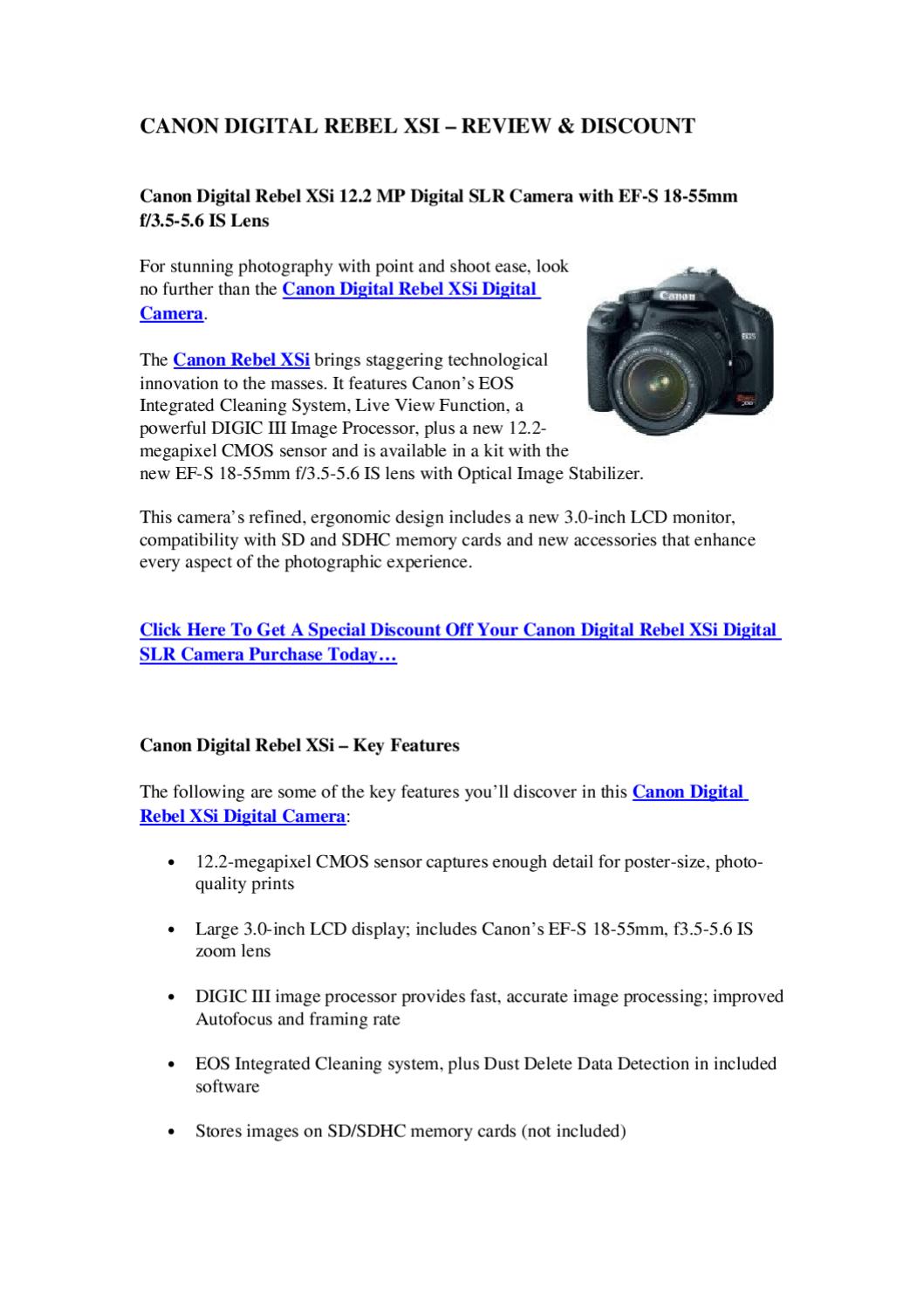

They keep us distant from the action even as they magnify it. The very long lens reduces the apparent distance between the two, concealing the fact that there was really a big, safe gap between them.Įmotionally, long lenses often convey formality and a certain detachment. Cars speeding across the screen can “just barely miss” cars headed at them toward the camera. Miniatures in the foreground can be aligned with distant scenery so they look full-size. This effect is great for camera tricks like forced perspective. Lenses with narrow fields of view are also used to reduce depth of field and make the subject stand out from the background. Normal lensesĪs usual, “normal” lens settings are unobtrusive because their images look like what we see in real life.Ī lens with a long focal length gives you a narrow field of view, allowing for close-up shots to be achieved with the camera further away from the subject. Everything about wide angle shouts speed, power and excitement. For the same reason, those subjects grow rapidly as they approach the camera, making them seem to move faster. Thus, subjects in the rear are smaller than they would be in normal perspective.

Wide-angle lenses also seem to exaggerate depth. Lenses with wide fields of view also decrease the perception of camera shake, making them a popular choice for hand-held action shots. This allows you to capture a lot of background with your subject. Using a lens with a short focal length gives you a wide field of view. These shots include: extra-wide, wide, medium, close-up and extra close-up. There are different types of common shots in production that are named to describe their field of view in relation to the subject. A camera’s field of view is determined by two factors: the camera’s distance from the subject and the focal length of the lens. Let’s take a closer look at the functions and connotations behind each of these factors.įield of view refers to everything that falls within the frame of the image.
#Camera controls reggie level editor full#
Field of view: extreme long shot, long shot, full shot, 3/4 shot, medium shot, head and shoulders closeup, closeup, big closeup, extreme closeup.There are a number of factors that define as specific camera angle. Closer shots intensify performances longer shots make them less intense.

Through contrast with the preceding and following angles, it lets the editor make invisible, or at least unobtrusive, edits. Closeups enhance intensity high and low camera angles suggest power or lack of it off-level shots feel dynamic or even uneasy. Wide shots provide context and closeups and inserts highly important details or emotions. Generally, every well-chosen camera angle does four jobs: This is why camera angles are an essential piece of cinematography. Learning to manipulate and control your camera angles to enhance your storytelling will keep your audience engaged. Even if you have a story that doesn’t fit into one genre, watch stories that have similar elements to yours. Watch and think about stories that are similar to yours. To start, figure out what type of story you’re telling. The type of story you’re going to tell affects how you’re going to shoot it. That way, you can more easily and effectively draw the audience into your story. Bring some of these techniques into your productions. At the same time, audiences have become in-tune with common filmmaking techniques and their connotations. Simply put, this works because cinematographers have developed a complex visual language for storytelling over the years. Thus, you can influence your audience’s interpretation of what is presented on screen. By carefully choosing your camera angle in each of those shots, you can influence your audience’s reaction. Movies string together shots with different compositions and camera angles in order to tell a story.


 0 kommentar(er)
0 kommentar(er)
